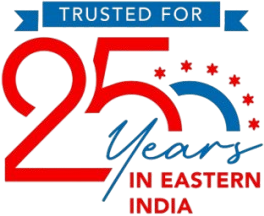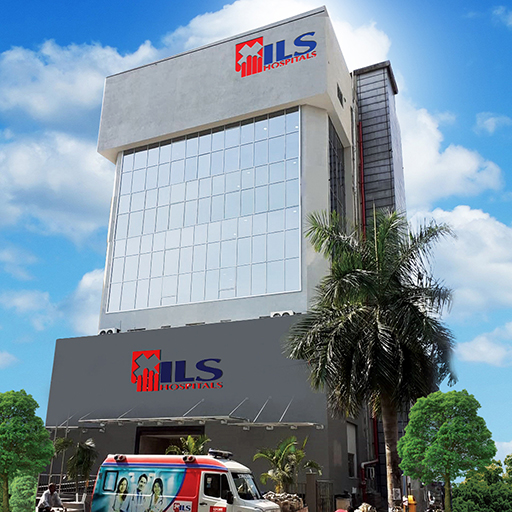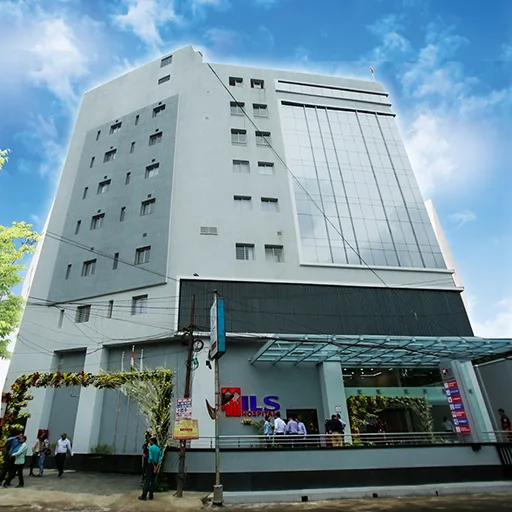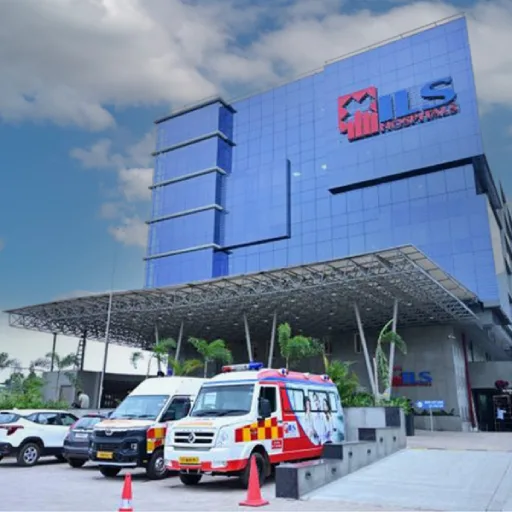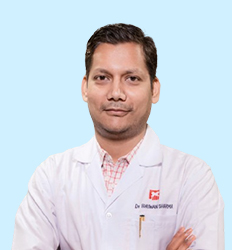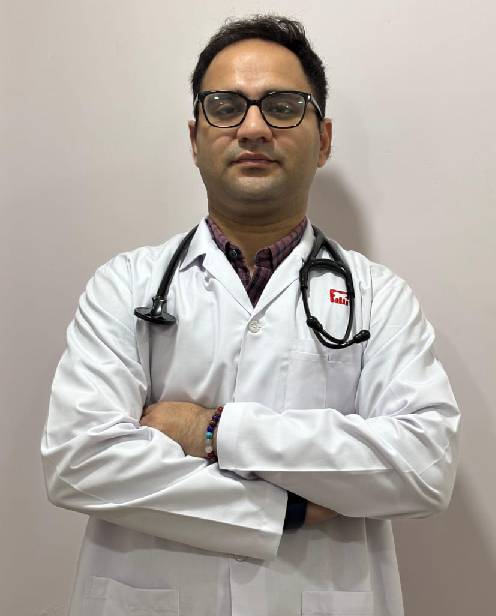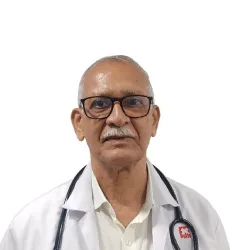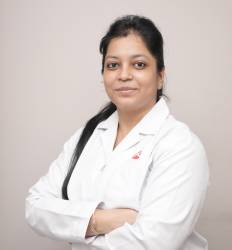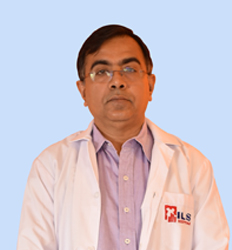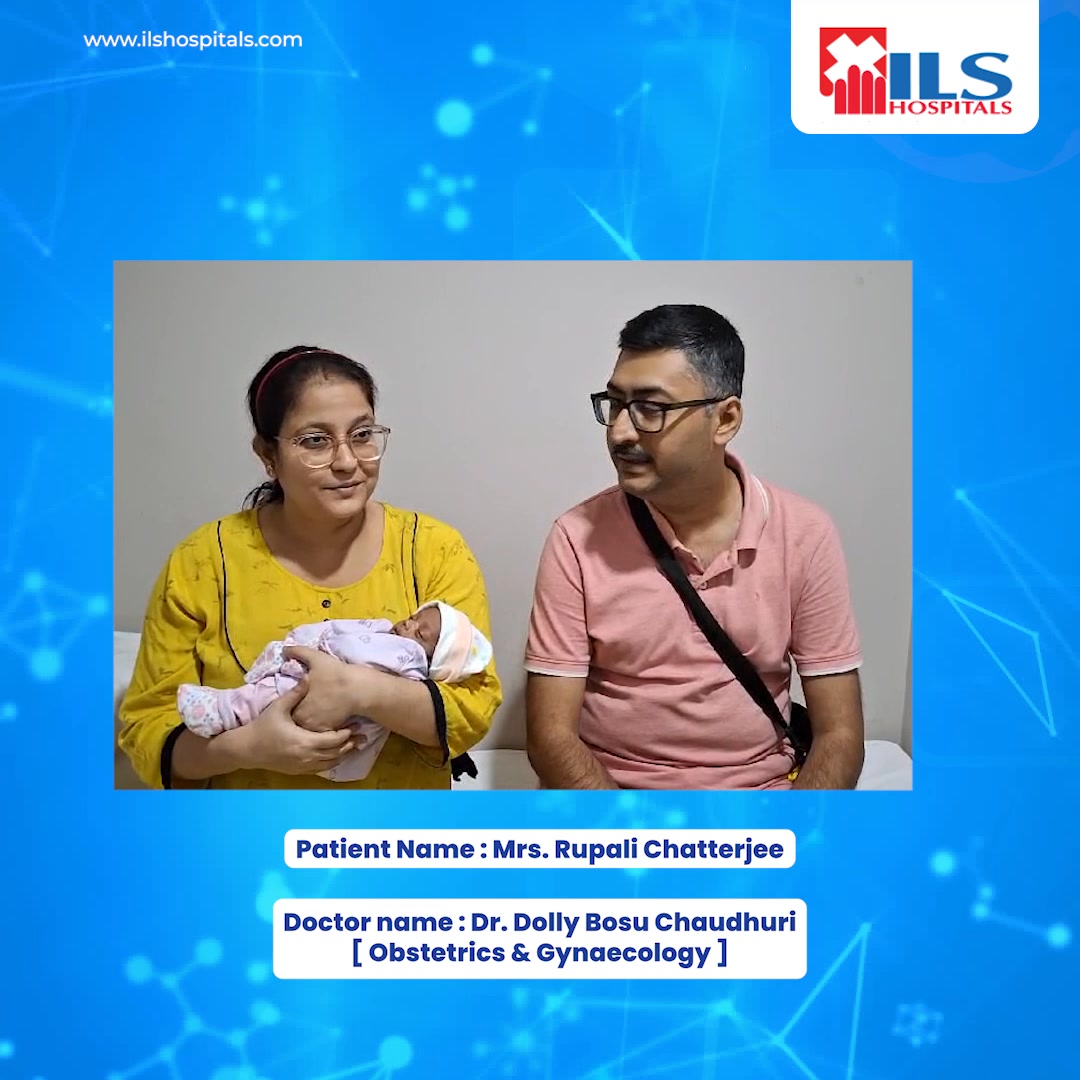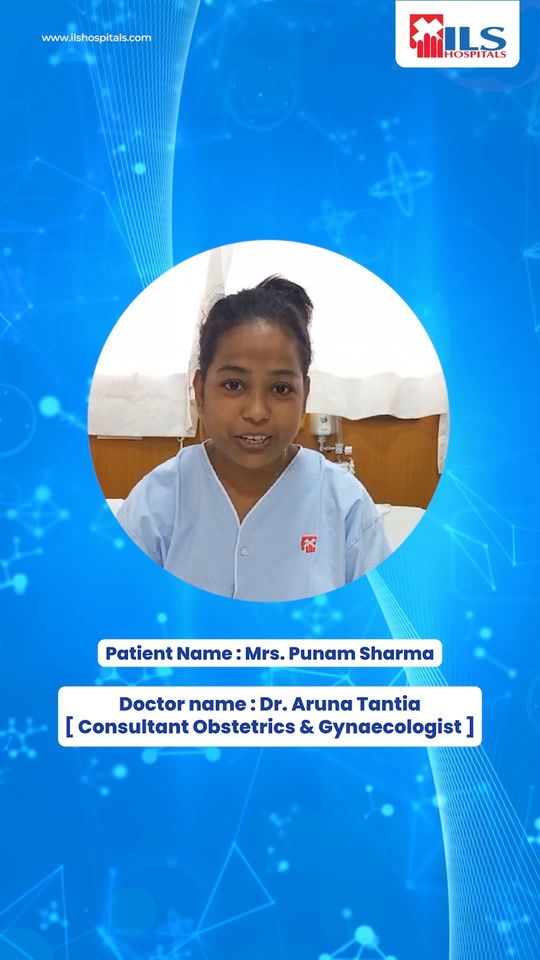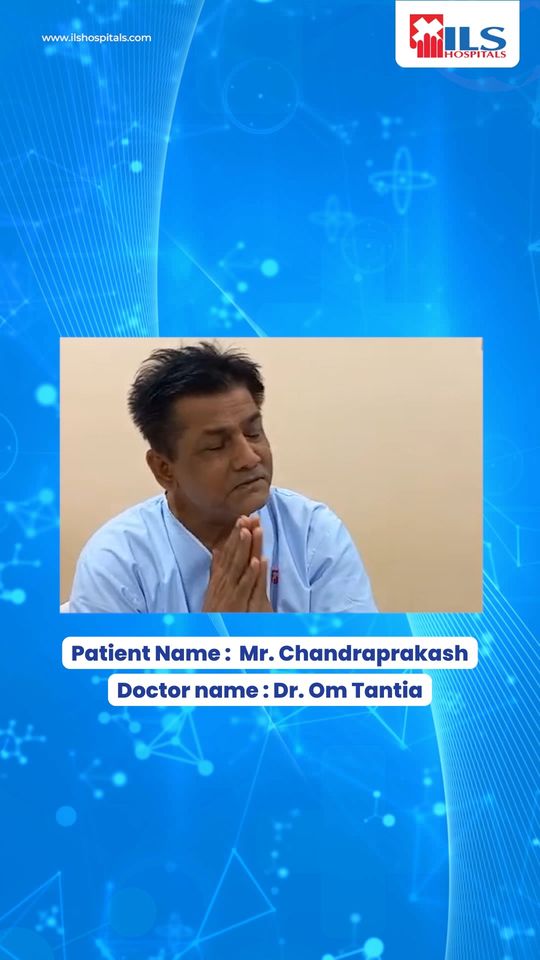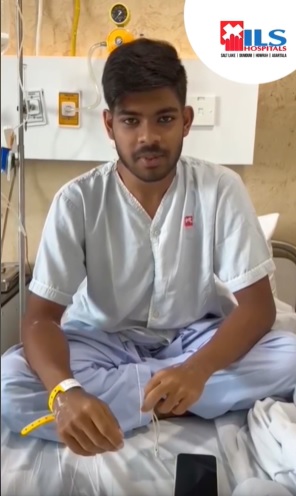Movement Disorder Clinic
Movement disorders are a collection of neurological illnesses that cause abnormal movements. They may include increased movement (such as spasms, jerking, or shaking) as well as decreased or delayed movement. They can influence deliberate behaviors or create involuntary movements. Every single movement you make, from raising your leg to moving your jaw and tongue to talk, requires sophisticated communication between your:
- Central nervous system (your brain and spinal cord).
- Motor nerves.
- Skeletal muscles.
A movement problem occurs when the parts of your brain that control movement are damaged or malfunctioning. There are various types of movement disorders, which range in severity. Some just affect a certain portion of your body, while others affect the entire body. Some may interfere with specific skills, such as writing, while others can cause problems with movement and mobility. Abnormal movements may be the only manifestation of a disorder, as in essential tremor. Alternatively, they can be one of multiple symptoms or syndromes, such as Parkinson’s disease. Furthermore, many movement abnormalities, such as myoclonus, can be both a separate ailment and a sign of another.
Types of movement disorders
There are numerous movement disorders. Some of them include:
- Essential tremor
- Huntington’s disease
- Multiple system atrophy (MSA)
- Parkinson’s disease
- Periodic limb movement disorder (PLMD)
- Progressive supranuclear palsy (PSP)
- Restless leg syndrome (RLS)
- Rett syndrome
- Tardive dyskinesia
- Tourette syndrome
- Wilson disease
Symptoms
Symptoms of movement disorders include:<
- Episodes of uncontrolled movement, like twitches, spasms, tremors, jerks, twisting, and shaking.
- Problems with coordination and balance.
- Trouble with certain movement tasks, such as writing, swallowing or speaking.
- Difficulty walking or changes to your gait.
- Stiffness or rigidity of your limbs and trunk.
Causes
In general, movement disorders occur from damage or failure of various regions of the brain that control movement, such as:
- Primary motor cortex
- Basal ganglia
- Cerebellum
- Thalamus
Diagnosis
Your healthcare team will probably perform a number of tests in order to diagnose movement disorders because they can occasionally be complicated and mimic other conditions. They’ll begin with a thorough history, physical exam, and neurological examination. Based on your symptoms, they may prescribe any of the following tests:
- Blood tests can help diagnose certain types of movement disorders and rule out other causes.
- Electromyography (EMG) evaluates the health of your muscles and the nerves that control them.
- An electroencephalogram (EEG) is used to assess the electrical activity of the brain.
- A lumbar puncture is used to analyze your cerebrospinal fluid.
- Muscle biopsy is used to distinguish between nerve and muscle conditions.
- Nerve conduction studies measure the flow of electrical current through a nerve before it reaches a muscle.
Imaging tests are also frequently used by providers to assist with the diagnosis of movement disorders. They may examine your brain, spine, or nerves. These tests can include computed tomography (CT) and magnetic resonance imaging (MRI).
Treatment
The treatment for movement problems differs according on the type. Most movement disorders do not have a cure, so treatment focuses on symptom management. However, certain movement problems, such as medication-induced parkinsonism, are frequently curable. Treatments for movement problems include medicine, physical therapy, occupational therapy, mobility aids, speech therapy, psychotherapy, botulinum toxin (Botox®) injections, deep brain stimulation, and clinical trials.
Conclusion
Movement disorders can have a substantial impact on quality of life, but with the correct diagnosis and treatment plan, many people can manage their symptoms while remaining independent. If you or a loved one is experiencing strange motions, stiffness, or coordination issues, do not disregard the symptoms. Consult a neurologist for a comprehensive examination.
